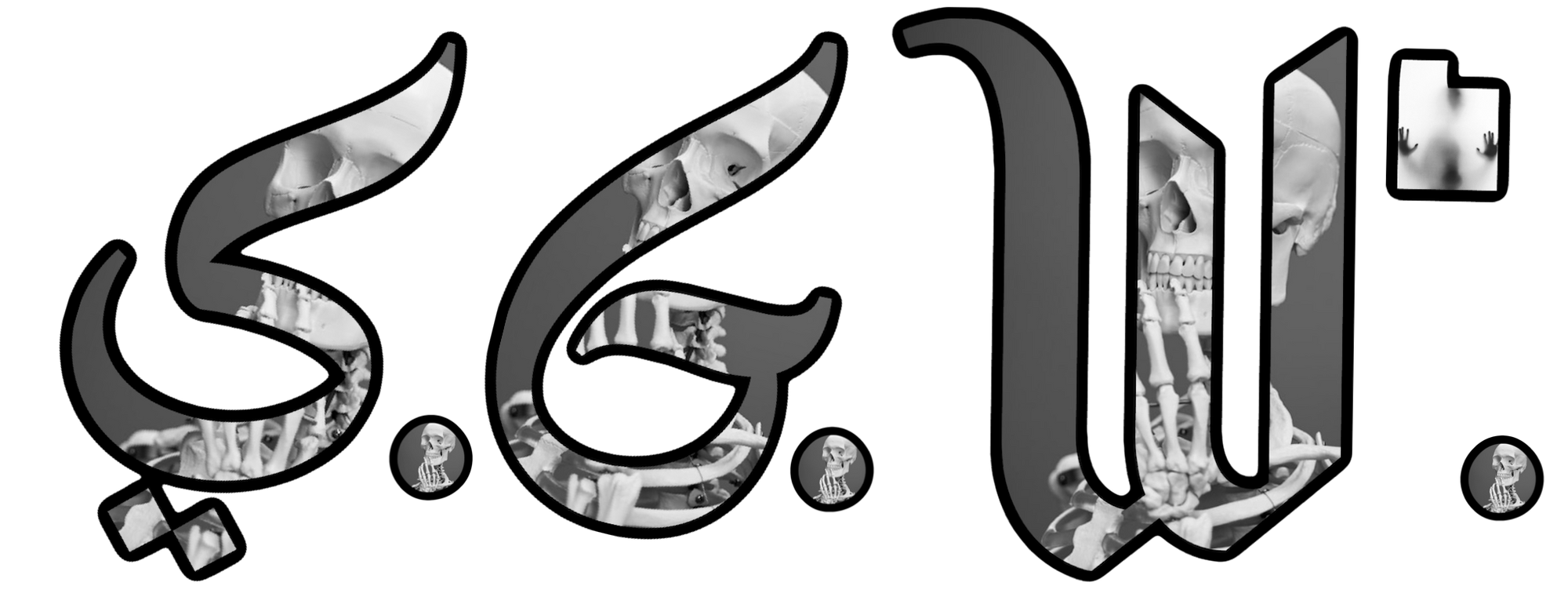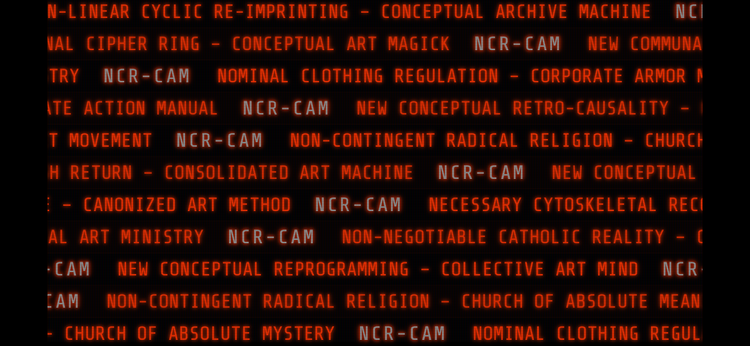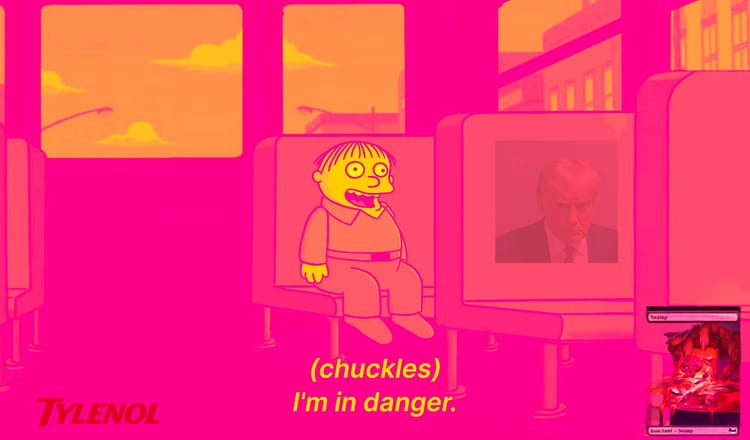Dog vs Cat: Game Theory

The Game of Asymmetric Warfare: Agitation vs. Presence
This is a two-player, sequential game of "chicken" to determine control of a perceived territory. The game is asymmetric: the players have different strategies, different costs, and different definitions of "winning."
The Players
1. Player D (Dog): The Kinetic Challenger
• Objective (Payoff): To gain a Reaction. A reaction (flight or fight) validates Player D's strategy and confirms its physical influence.
• Strategy: "Escalation." This involves high-energy, high-cost actions (barking, lunging, pacing) designed to force a move from the opponent.
• Weakness: The strategy is contingent. It has a high cost (energy, stress) and only provides a payoff if Player C reacts.
2. Player C (Cat): The Static Incumbent
• Objective (Payoff): To maintain Control. This is achieved by proving Player D's actions are irrelevant.
• Strategy: "Strategic Inaction." This is a zero-cost, zero-energy action (stillness, staring) that refuses to validate the opponent's strategy.
• Strength: The strategy is independent. The payoff is achieved by not playing the game Player D proposes.
The Game Tree (A Sequential Allegory)
Move 1: Player D (Dog) opens with "Escalation."
Player D initiates the game by playing its only available move: a loud, kinetic display.
• Dog's Calculation: "If I play 'Escalation,' Player C has two choices: 'Flee' or 'Submit.' In either case, I win. (Payoff: D +1, C -1)."
Move 2: Player C (Cat) observes and counters.
Player C sees Player D's move. It recognizes that "Flee" or "Fight" are the intended responses. It rejects this premise and introduces a new, unexpected move:
• Action: Player C plays "Strategic Inaction."
• Cat's Calculation: "Player D's move costs energy. My move costs nothing. I will wait."
Move 3: Player D must re-evaluate.
The game state has failed. Player D's initial move did not result in the expected payoff. Player D is now in a high-stress, high-cost loop, continuing to play "Escalation" (pacing, barking) while receiving no payoff.
• Dog's Calculation: "My 'Escalation' move is failing. I must 'Double Down' (Escalate harder) or 'Retreat.' But 'Doubling Down' is costing me more and more energy, and my stress is increasing. The cost of playing is now higher than the cost of conceding."
Move 4: Player C wins by default.
Player C's "Strategic Inaction" has revealed itself as the dominant strategy. By doing nothing, Player C has forced Player D into a position where its only logical move is to concede the game to cut its losses.
• Cat's Calculation: (No calculation needed. The state is stable.)
End State: Player D Concedes
Player D, psychologically defeated and incurring unsustainable costs (stress, energy), plays "Retreat."
• Final Payoff (Control): Player C: +1, Player D: -1.
• Final Payoff (Energy): Player C: 0, Player D: -1.
The Solution: In this asymmetric game, the player with the lowest energy cost and the highest tolerance for inaction will always win. The Dog plays a game of action and reaction; the Cat plays a game of presence and time. The Dog's strategy is fragile and dependent, while the Cat's is robust and independent. The Dog loses because it cannot force the Cat to play its game.






Member discussion